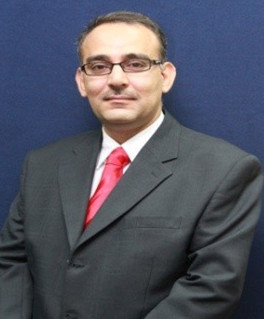Abstract—The present work is mainly focus on the internal flow in a supersonic separator. In order to explore the separation mechanism and heat transfer inside the separator, a fully three-dimensional numerical dynamic model with consideration of such effects as strong swirling turbulent and non-equilibrium condensation process is established. The numerical model is conducted to determine the dominant factors on the separation performance. The mixture of methane and water liquid are chosen as working fluid. The numerical model results are verified through comparison with experimental data obtained from the literature and the results demonstrated good agreement between the two ways. By using the proposed numerical model, the distribution of pressure, temperature, velocity, droplet nucleation rate and Mach number are investigated. Based on the established numerical model, the swirling intensity of the outlet of straight tube versus the swirling length ratio L5/L4 (L5 is the length of straight tube, L4 is the length of the swirling flow generator, in this paper is 25mm) are also studied. The optimal value of L5/L4 should be 8 with the pressure loss ratio specified 0.71. Furthermore, the simulation results can provide a foundation for the analysis of flow characteristic caused by the supersonic speed and nucleation phenomenon and also a basis for the design and geometrical optimization of the supersonic separator.
Index Terms—Supersonic separator, gas-liquid two phase model, condensation process, flow field.
The authors are with Beijing University of Technology, College of Environmental and Energy Engineering,100124, Beijing, China (e-mail: Liuzhl@bjut.edu.cn).
[PDF]
Cite:Liu Xingwei, Liu Zhongliang, and Li Yanxia, "Numerical Study of the High Speed Compressible Flow with Non-Equilibrium Condensation in a Supersonic Separator," Journal of Clean Energy Technologies vol. 3, no. 5, pp. 360-366, 2015.


